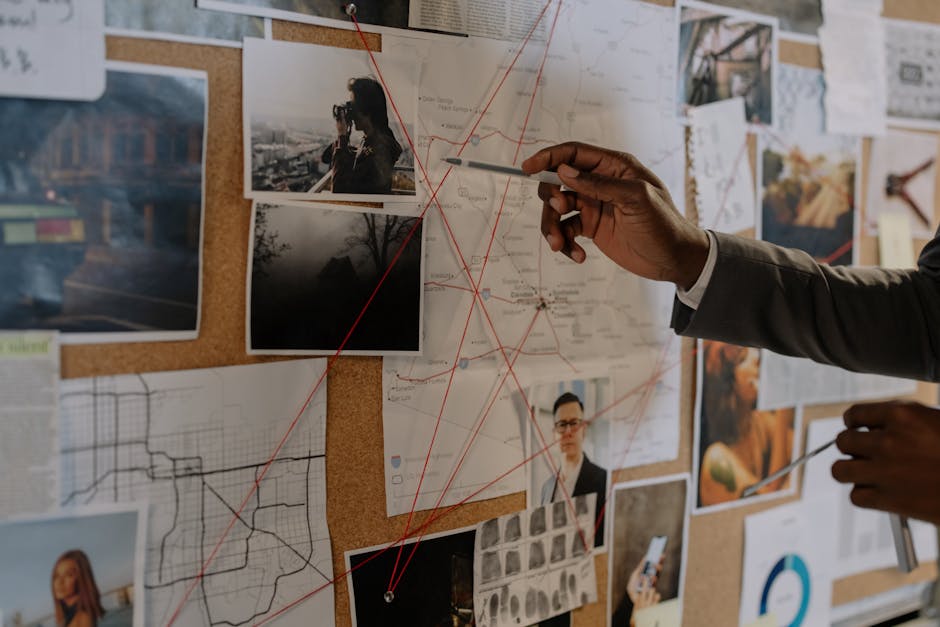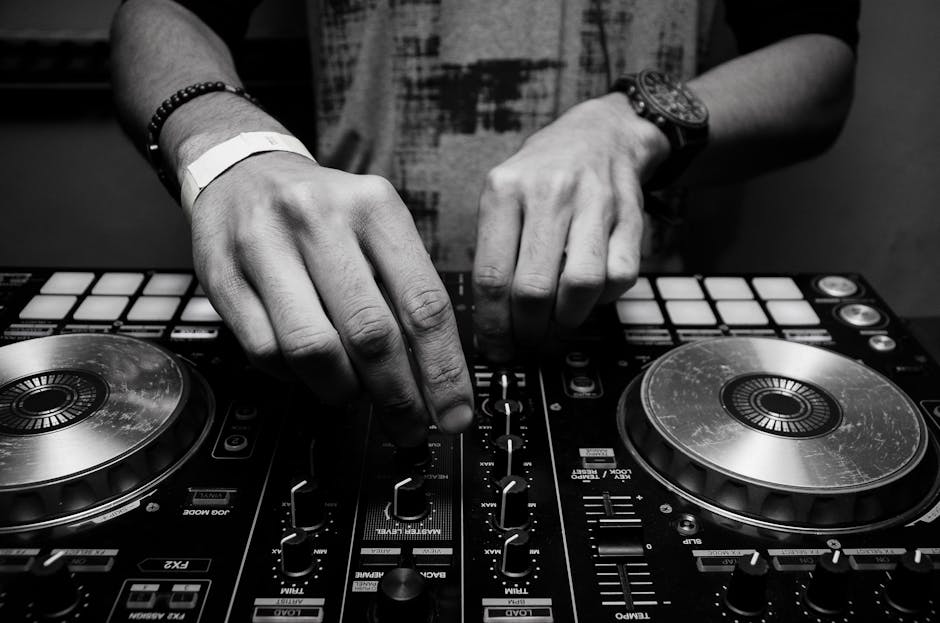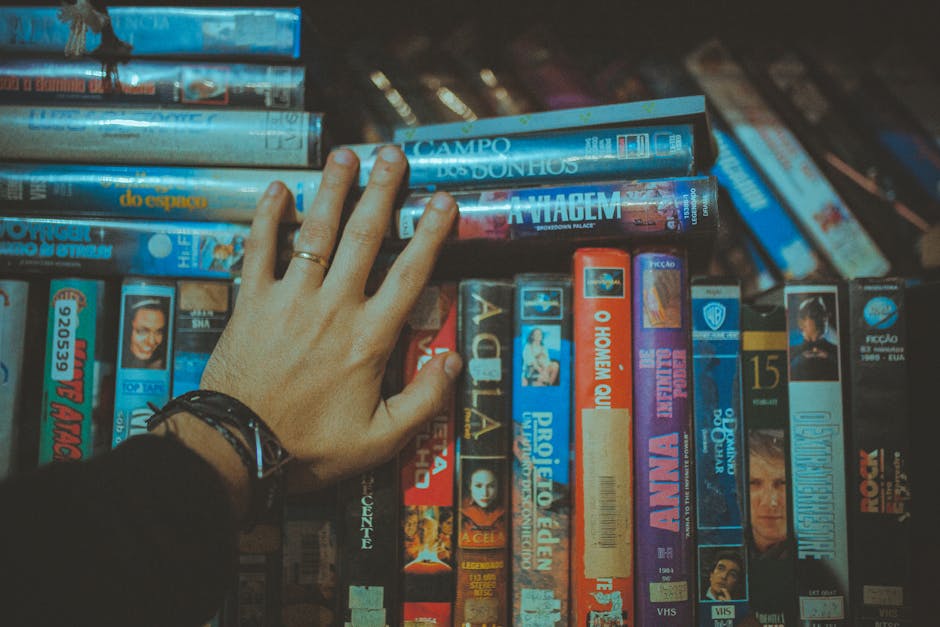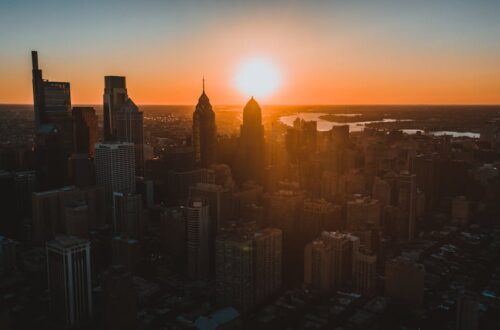Focus Keyword: Fan Theories & Speculations
Fan theories & speculations have become a vibrant part of the TV and film experience, transforming viewers into active detectives and storytellers. At the heart of this phenomenon lies a subtle but powerful tool: scene flow. The way scenes transition, connect, and unfold isn’t just a matter of technical craft—it’s the secret language that invites audiences to look deeper, question motives, and construct elaborate theories that keep stories alive long after the credits roll.
The Anatomy of Scene Flow: The Engine Behind Fan Theories

Photo by Zukiman Mohamad on Pexels
Scene flow, in its essence, is about how individual scenes are woven together to create a seamless narrative journey. Classic Hollywood cinema established foundational techniques—like the 180-degree rule, match cuts, and establishing shots—to ensure clarity and continuity for the audience. These methods, designed to guide viewers through stories with invisible precision, are more than just technical tricks; they’re the very mechanisms that spark curiosity and speculation.
When a film or TV show employs deliberate pacing, clever transitions, and subtle visual cues, it’s not just telling a story—it’s planting seeds for interpretation. Consider how a lingering shot, an abrupt cut, or an unusual camera angle can hint at hidden motives or foreshadow future twists. These choices are rarely accidental. By mastering scene flow, directors and writers can control what the audience knows, when they know it, and how they feel about it, creating fertile ground for fan theories to flourish.
The legacy of scene flow from the Golden Age of Hollywood to modern digital storytelling demonstrates how technical constraints often led to creative solutions. Today, with digital editing and visual effects, the possibilities are endless, but the core principle remains: every transition is an opportunity to engage the audience’s imagination and invite them to speculate.
Visual Clues and Narrative Gaps: The Birthplace of Speculation

Photo by cottonbro studio on Pexels
One of the most potent drivers of fan theories & speculations is the deliberate use of visual clues and narrative gaps. Directors often leave breadcrumbs—subtle details in the background, repeated motifs, or ambiguous character actions—that attentive viewers can piece together. These clues might seem insignificant at first glance, but when connected, they reveal deeper meanings or hidden storylines.
For example, the consistent use of center framing versus the rule of thirds can signal shifts in a character’s emotional state or importance within a scene. Wide shots may emphasize a character’s isolation, while tight shots draw attention to micro-expressions that hint at concealed intentions. Even the way a character enters or exits a frame can suggest alliances, betrayals, or unresolved mysteries.
Narrative gaps—moments where information is withheld or events are left unexplained—are equally important. These gaps create a sense of mystery, prompting viewers to fill in the blanks with their own theories. Is a character’s off-screen absence hiding a secret agenda? Does a sudden change in pacing foreshadow a dramatic twist? Scene flow, when used skillfully, turns these questions into the heartbeat of fan speculation.
Sound, Score, and the Invisible Hand of Suspense

Photo by Isabella Mendes on Pexels
While visuals are the most obvious elements of scene flow, sound and score play an equally vital role in shaping fan theories & speculations. The strategic use of music, ambient noise, and silence can guide attention, evoke emotions, and suggest underlying themes that aren’t explicitly stated on screen.
A well-timed musical cue can signal a shift in tone, hint at a character’s true feelings, or foreshadow an impending revelation. Subtle sound effects—like a door creaking in the background or a muffled conversation—can introduce new layers of mystery. By manipulating auditory cues, filmmakers can nudge the audience toward certain interpretations while keeping the full truth tantalizingly out of reach.
This invisible hand of suspense is what keeps viewers on the edge of their seats, analyzing every note and echo for hidden meaning. It’s no wonder that some of the most enduring fan theories are built not just on what’s seen, but on what’s heard—or left unsaid—within the flow of a scene.
Classic Examples: How Scene Flow Sparked Legendary Fan Theories

Photo by Lucas Pezeta on Pexels
The history of TV and film is rich with examples where scene flow has directly inspired waves of fan theories & speculations. In classic films like “Casablanca,” the use of dissolves and establishing shots not only maintained narrative clarity but also left room for viewers to speculate about characters’ pasts and future choices. The careful pacing and transitions in “Psycho” or “Vertigo” by Alfred Hitchcock are masterclasses in using scene flow to mislead, surprise, and provoke endless debate.
In television, shows like “Lost” and “Twin Peaks” are legendary for their use of ambiguous scene transitions, cryptic imagery, and open-ended narratives. Every cut, every lingering shot, every unexplained event became fodder for fan forums and online communities. The flow between dreamlike sequences and reality in “Twin Peaks” encouraged viewers to question what was real, who could be trusted, and what secrets lay beneath the surface.
Modern streaming hits like “Stranger Things” and “Westworld” continue this tradition, using nonlinear storytelling, flashbacks, and parallel timelines to create intricate webs of possibility. The way scenes are ordered and connected becomes a puzzle in itself, challenging fans to decode the true meaning behind every transition.
How Scene Flow Shapes Nostalgia and Reinterpretation

Scene flow doesn’t just fuel new fan theories—it also shapes how we revisit and reinterpret beloved stories. Nostalgia is a powerful force, and as viewers return to classic films and shows, they often notice details and transitions they missed the first time. This fresh perspective can lead to new speculations, alternate readings, and a deeper appreciation for the craft of storytelling.
Rewatching a film with an eye for scene flow can reveal hidden connections between characters, foreshadowing that went unnoticed, or thematic patterns that only emerge over time. Fans may reinterpret a character’s motivations based on a subtle glance or the way two scenes are juxtaposed. This ongoing process of discovery keeps stories alive across generations, as each viewing uncovers new layers of meaning.
In online communities, nostalgia-driven theories often gain traction as fans share their insights and debate the significance of overlooked transitions or visual motifs. The cyclical nature of scene flow and speculation ensures that even decades-old films can inspire fresh conversations and creative reinterpretations.
The Future of Fan Theories: Digital Storytelling and Interactive Scene Flow

Photo by Arshad Sutar on Pexels
As digital storytelling evolves, so too does the art of scene flow—and with it, the landscape of fan theories & speculations. Streaming platforms, interactive films, and virtual reality experiences offer unprecedented opportunities for nonlinear narratives and audience participation. Viewers can now explore multiple story paths, uncover hidden scenes, and piece together fragmented narratives in ways that were impossible in traditional media.
This shift toward interactive storytelling amplifies the role of scene flow, turning every choice and transition into a potential clue. Fans become co-creators, mapping out storylines, sharing discoveries, and building collective theories in real-time. The boundaries between creator and audience blur, as scene flow becomes a collaborative process that shapes the evolution of the story itself.
Looking ahead, the fusion of technology, storytelling, and fan engagement promises a future where scene flow is not just a tool for filmmakers, but a playground for audiences. The next generation of fan theories will be born from this dynamic interplay, ensuring that the art of speculation remains at the heart of the TV and film experience.
Conclusion: Scene Flow as the Lifeblood of Fan Theories & Speculations

Fan theories & speculations thrive on the mysteries and possibilities created by masterful scene flow. From classic Hollywood to cutting-edge digital narratives, the way scenes transition, connect, and unfold is the silent architect of audience engagement. By understanding the mechanics of scene flow, fans and creators alike can unlock new depths of meaning, keep stories endlessly alive, and celebrate the enduring magic of speculation in TV and film.
Sources
- https://library.fiveable.me/screenwriting-i/unit-7/transitions-scene-flow/study-guide/X7pHV2t2fPOgzzcU
- https://scenlo.com/the-evolution-of-scene-flow-in-cinema-from-classic-techniques-to-modern-digital-storytelling/
- https://scenlo.com/sound-score-highlights-the-power-of-scene-flow-in-tv-film-storytelling/
- https://nichperezcsc.com/scene-sequence-analysis
- https://www.youtube.com/watch?v=4vpqa2oYuMY





